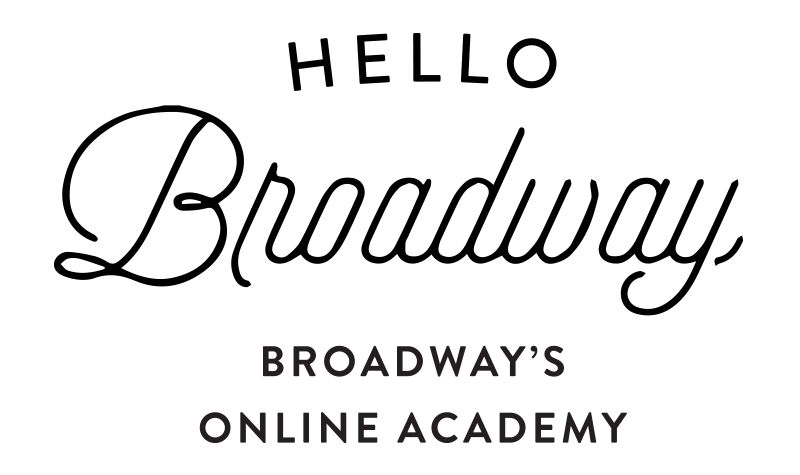Training for Broadway
How To Film A Standout Self Tape
Now more than ever, it’s important for musical theatre actors to learn how to master the art of a self-tape.
Self-tapes are how actors audition, book jobs, and make a strong first impression with casting directors and creative teams.
And they aren’t going away anytime soon.
Here are our tried-and-true tips to make sure sure that you are putting your best foot forward next time you put your work on film!
1. Read the Instructions.
This may seem obvious, but you’d be surprised how frequently actors forget to read the instructions! Oftentimes, the casting director will include very specific directions about elements such as the slate, framing, backdrop/technical preferences, and upload requirements. Failing to follow these exact instructions can disqualify you from consideration for current and future projects.
2. Memorization
Although memorization may not be totally possible if you have a very quick turnaround for an audition or a callback, you need to be as familiar with the material as possible because it allows you to connect with the material. You will be able to make strong, grounded choices and feel confident telling the story–which will allow the people behind the table to see more clearly what you uniquely bring to the role.
3. Wardrobe
This is the fun part! Your clothing is a great way to show the casting director who you are as a person. Choose clothing that you feel comfortable in, that is somewhere between casual and dressy. If you are auditioning for a specific show/role, find clothing that suggests the essence of the show, without wearing a costume. All of that being said, be careful of wearing anything too distracting! You want the casting director to be focused on you and your work–not on what you’re wearing! the standout self-tape guide
4. Lighting
Good lighting is another crucial element to a successful self tape. Be sure to eliminate any unnatural overhead lighting that will create distracting shadows on your face. If you don’t already have one, we recommend investing in a ring light that will create a natural, bright light on your face! Softbox and umbrella lights can also be great tools in creating soft, natural light on your face. Sometimes great natural lighting in a space will do the trick as well.
HOT TIP!
If you are blending in with your backdrop, you can always place a light on the floor between you and the backdrop (as long as it’s out of the camera frame) and shine it upwards towards the ceiling. This will create a sense of depth!
5. Background
If you have a large neutral wall, that will work best. For film auditions, many people recommend using a blue wall or backdrop. If you don’t have access to a large neutral wall, invest in a neutral colored backdrop (there are many options available online), and if you’re on a budget, a large one color tablecloth can work, too!
HOT TIP!
Regardless of what you use, make sure that your backdrop has NO WRINKLES! To do this, you can use an iron, a steamer, or you can stretch it out and pin it to the wall behind you. A clean, smooth backdrop will make your self- tape look more professional! the standout self-tape guide
6. Audio
If you are singing a song with pre-recorded accompaniment, make sure the volume of your accompaniment is not too quiet and not too loud. We recommend using some sort of external speaker, because phone and laptop speakers are often too quiet. This is something that will require a bit of trial and error as you figure out the placement of the speaker and what volume level works best for your setup.
HOT TIP!
Do not place the speaker directly next to your recording device. You don’t want the accompaniment to overpower your vocal performance. the standout self-tape guide
7. Test
Make sure you do a test run of your self-tape so that you can watch it back, checking your audio levels, making sure you are properly in frame (we don’t want your head or hands to be cut off), and make any last minute adjustments. But the good news about a self-tape is…you get more than one try! Take advantage of this and make sure everything looks as professional as possible.
8. Focus
Be sure to not look directly into the camera (except for your slate)! Find a point just to the side of the camera to place your “scene partner.” You don’t have to stare at that one point for the entire scene/song, but use that spot to place your eyeline. It’s important that the people watching your tape are able to see your eyes without it looking like you’re staring at them.
9. Reader
If you are reading a scene and it requires a scene partner choose someone who will be fun to play with! Make sure you are able to read through the scene a few times together so that they are prepared and you can hear it out loud.
HOT TIP!
Often your reader will be closer to the camera than you are, so make sure their speaking volume is lower than yours during the scene!
10. Breathe!
Take a moment for yourself before you dive into your self-tape. Take some slow, deep breaths and focus your energy. Now is the time to trust the preparation that you have done and live truthfully in your work. Oh, and HAVE FUN!
To learn more about how to film a standout self-tape audition, tune in to episode 4 of the Collectively Seeking Broadway Podcast!


